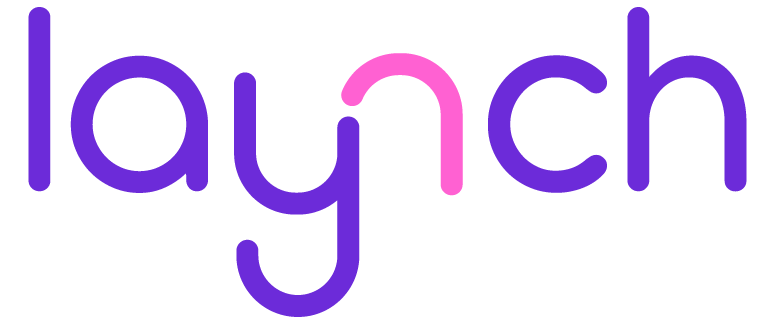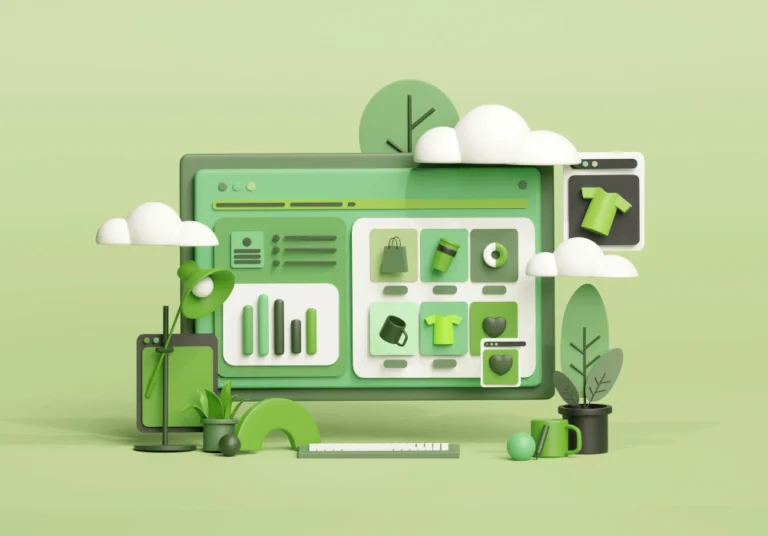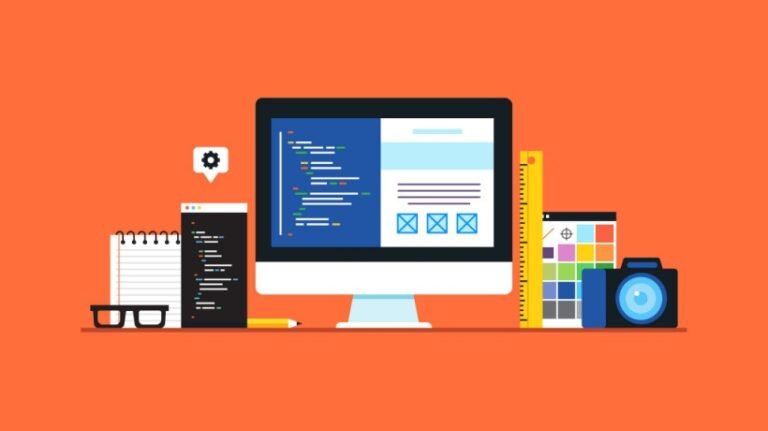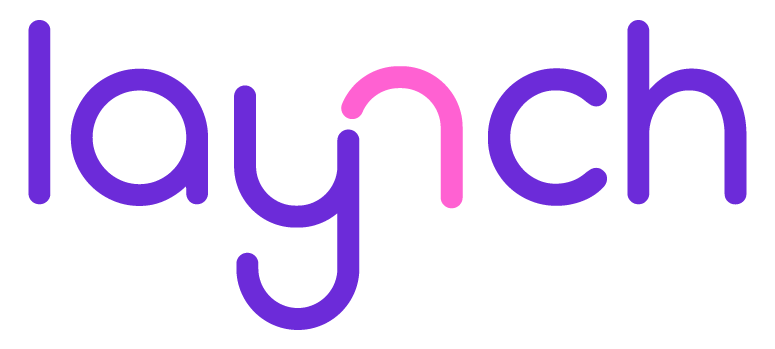Designing a mobile app that users love is both an art and a science. It requires a deep understanding of user behavior, seamless functionality, and visually appealing interfaces. With millions of apps competing for attention, standing out requires more than just great features—it demands exceptional UI/UX design, intuitive navigation, and a frictionless user experience.
In this comprehensive guide, we’ll dive deep into:
- The fundamentals of mobile app UI/UX design
- Step-by-step process for designing an engaging app
- Best practices for interface design and usability
- Common mistakes to avoid
- Real-world examples of successful app designs
By the end, you’ll have a clear roadmap to create an app that users not only download but also keep using and recommending.
1. What Makes a Mobile App Design Successful?
Before diving into design principles, it’s crucial to understand what makes an app stand out and retain users.
Key Elements of a Great Mobile App:
- User-Centric Design – Designed with real user needs in mind.
- Fast & Smooth Performance – No lag, quick load times.
- Intuitive Navigation – Easy to use without instructions.
- Visually Appealing UI – Clean, modern, and consistent.
- Personalized Experience – Adapts to user preferences.
Example: Spotify excels in personalization with curated playlists, while Uber focuses on simplicity with a minimalistic, easy-to-use interface.
2. Understanding UI vs. UX in Mobile App Design
What is UI (User Interface) Design?
UI design focuses on the visual and interactive elements of an app, including:
- Buttons, icons, and typography
- Color schemes and branding
- Layouts and spacing
Goal: Make the app aesthetically pleasing and easy to interact with.
What is UX (User Experience) Design?
UX design ensures the app is functional, efficient, and enjoyable to use. It includes:
- User flows and navigation
- Accessibility and usability
- Performance optimization
Goal: Provide a seamless, frustration-free experience.
UI vs. UX: How They Work Together
| UI Design | UX Design |
| Focuses on how the app looks | Focuses on how the app works |
| Deals with visual elements | Deals with user interactions |
| Ensures brand consistency | Ensures ease of use |
Example: Instagram has a sleek UI (visual appeal) with a smooth UX (effortless scrolling, easy posting).

3. Step-by-Step Guide to Designing a Mobile App
Step 1: Define Your Target Audience
Before designing, ask:
- Who will use this app?
- What problems does it solve?
- What are their preferences (e.g., age, tech-savviness)?
Example: A fitness app for seniors needs larger buttons and simple navigation, while a gaming app for teens can have bold colors and animations.
Step 2: Research Competitors
Analyze top apps in your niche to identify:
- What works well (e.g., navigation styles)
- What’s missing (opportunities for improvement)
Tools: App Annie, Sensor Tower, UXCam
Step 3: Sketch Wireframes & Prototypes
Before coding, create:
- Low-fidelity wireframes (basic layouts)
- High-fidelity prototypes (interactive mockups)
Tools: Figma, Adobe XD, Sketch
Step 4: Design the UI (Visual Elements)
- Choose a color scheme (max 3-4 colors)
- Select readable fonts (16px minimum for body text)
- Use consistent icons & buttons
Example: WhatsApp uses a simple green-and-white theme with clear icons.
Step 5: Optimize UX (User Flow & Usability)
- Ensure key actions take ≤ 3 taps
- Implement gestures (swipe, pinch) for ease of use
- Test with real users for feedback
Step 6: Test & Iterate
- Conduct A/B testing (different layouts, CTAs)
- Fix bugs & performance issues
- Improve based on user feedback
4. Best Practices for Mobile App Interface Design
A. Keep It Simple (Less Is More)
- Avoid clutter – use white space effectively
- Limit pop-ups & notifications
- Follow Apple’s Human Interface Guidelines & Google’s Material Design
B. Thumb-Friendly Navigation
Since most users hold phones with one hand, place key actions in the thumb zone:
C. Effective Onboarding Process
- Show value quickly (e.g., “Get started in 30 seconds”)
- Allow skipping for returning users
- Use interactive tutorials (e.g., swipe gestures demo)
Example: Slack’s onboarding guides users smoothly through setup.
D. Smart Use of Push Notifications
- Don’t spam – send only relevant alerts
- Personalize messages (e.g., “Your order is shipped!”)
- Let users control preferences
5. Common Mobile App Design Mistakes to Avoid
- Overloading the UI – Too many buttons, colors, or fonts confuse users.
- Ignoring Loading Speed – Slow apps get uninstalled quickly.
- Poor Touch Target Sizes – Buttons should be at least 48×48 pixels.
- Copying Competitors Blindly – Your app should have a unique value.
- Skipping User Testing – Always test with real users before launch.
6. Top Tools for Mobile App Design
| Tool | Purpose | Best For |
| Figma | UI/UX Design, Prototyping | Collaborative teams |
| Adobe XD | Wireframing, Prototyping | High-fidelity designs |
| Sketch | Vector Design | macOS users |
| InVision | Interactive Prototypes | User testing |
| Zeplin | Developer Handoff | Design-to-code workflow |
7. Real-World Examples of Great Mobile App Designs
A. Airbnb – Seamless Booking Experience
- Clean, image-focused UI
- Easy search & filter options
- Smooth checkout process
B. Duolingo – Gamified Learning
- Fun, engaging visuals
- Progress tracking
- Bite-sized lessons
C. Headspace – Calming UX
- Soothing color palette
- Simple navigation
- Guided meditation flows
Final Thoughts: How to Create an App Users Love
Designing a successful mobile app is about balancing aesthetics, functionality, and usability. By following these best practices—keeping it simple, optimizing UX, and testing rigorously—you can create an app that users not only download but also keep using.
Need Expert Help?
At Noah Design Studio, we specialize in crafting high-converting, user-friendly mobile apps. From wireframing to final UI/UX design, we ensure your app stands out.
















